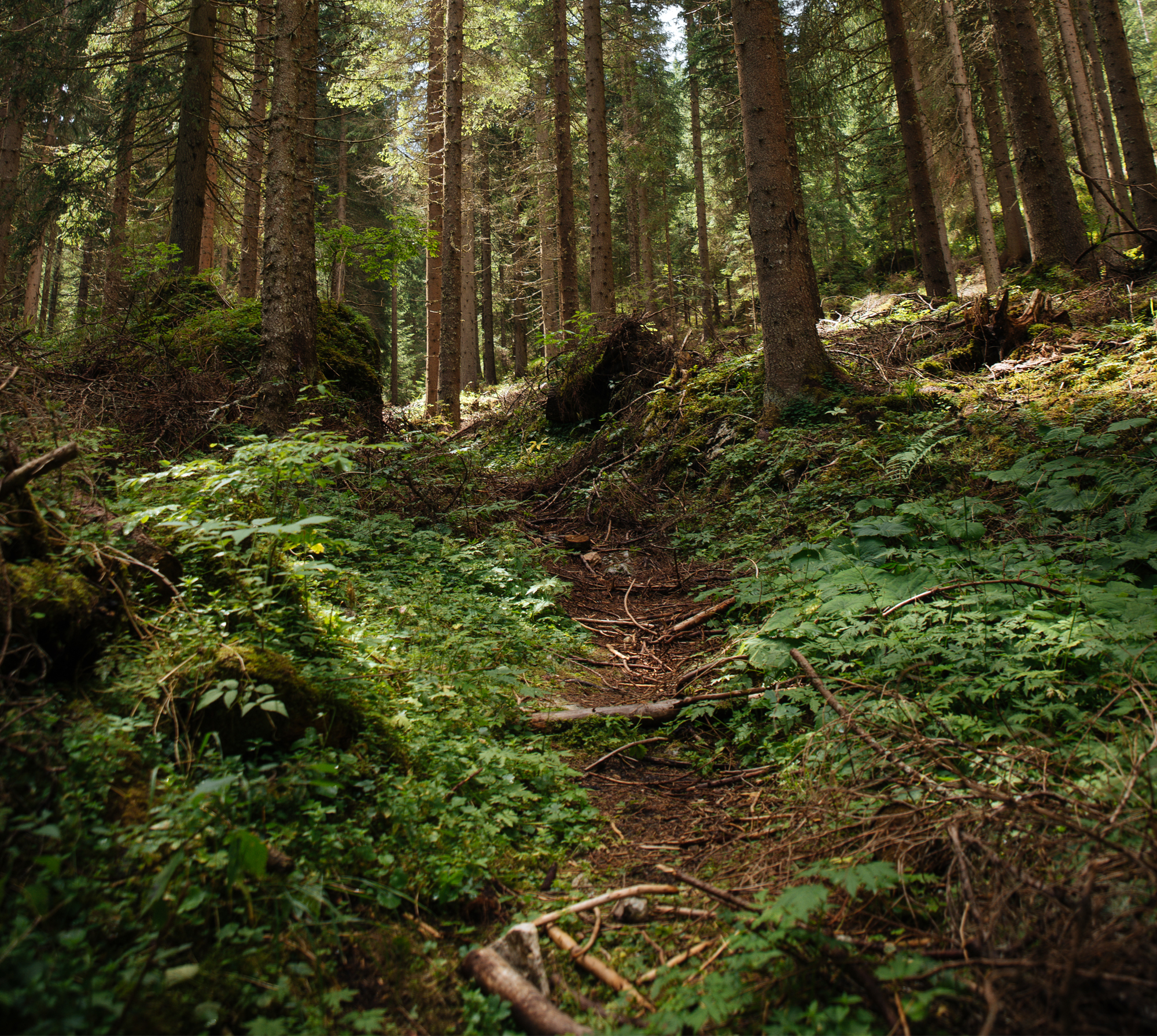
Zmiany struktury drzewostanów wykształconych na glebach hydrogenicznych – na przykładzie wybranych powierzchni badawczych w Białowieskim Parku Narodowym
Changes in stand structure on hydrogenic soils on the example of selected study sites in the Białowieża National Park
Autorzy
- Andrzej Keczyński Białowieski Park Narodowy, Park Pałacowy 5, 17-230 Białowieża
Abstrakt
The analysis covered five stands growing in different types of forest habitat: alder carr, alder-ash forest, boggy mixed broadleaved forest and boggy coniferous forest. The stands have been subject to strict protection for more than 80 years. The stands developed on peat soils of low, transitional and raised bogs. The data presented in the paper come from natural-forest inventories BPN carried out between 1947 and 1953 and measurements on permanent study sites between 1990 and 1998.
Changes undergoing in the stands that developed on hydrogenic soils are long-term in character. In eutrophic and mezotrophic habitats the most noticeable is the expansion of linden followed by hornbeam and common maple at the cost of spruce. In dystrophic habitats the contribution of birch to a stand becomes less significant while that of spruce is growing. In oligotrophic habitats an intensive colonisation by birch and spruce has been recorded. The possible causes of these changes are: regeneration processes, natural developmental tendencies of a stand, natural disturbances, management of watercourses altering water relations, climatic changes affecting the water balance, soil and water chemistry. However it is impossible to explicitly specify which of the aforementioned causes can be the decisive one.
Słowa kluczowe
| DOI | |
|---|---|
| Source | |
| Print ISSN | |
| Online ISSN |
|
| Type of article |
|
| Original title |
|
| Publisher | |
| Date | |

